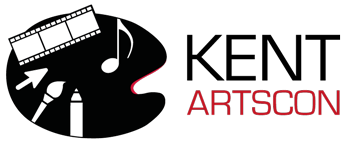Dr Maria Dremina is a neuro-coach and artist. She is owner of Eniostudio and founder of Neurostyling.
Areas of expertise includes human potential identification and soft skills development, transdisciplinary
research and learning, lateral thinking, smart art practices, empathy and nonverbal communication. Dr
Maria Dremina develops tailor-made programmes of neuro-coaching for the individuals who are focused
on personal development. She has designed and delivered various smart art practices developing lateral
thinking for managers and entrepreneurs.
Projective Art Objects in Neurostyling
Rationale
Art practices of neurostyling are a set of projective coaching tools in solving the problems of personal and professional development of the client. They allow an individual to go beyond patterns and stereotypes. The reason why the client is referred to a neuro-coach is the inability to achieve the desired result in the familiar lifestyle and the familiar paradigm of perceiving the situation. The familiar paradigm of perception of the situation is shaped by neuro-programmes, which are protocols for a patterned response to a problematic situation. Life experience, character traits, social norms and rules, and much more are hidden in these neuro-programmes. This complex of multiple interconnected elements is beyond the comprehension and explanation of the rational mind alone. Mental defense mechanisms, while preventing disruption, do not allow access to the neuro-programme, forcing the individual to follow patterns and explain his/her failures with simple cause-and-effect relationships. Neuro-coaching helps to transform the perceptual patterns of a situation using art tools, which causes insight and allows new ways of achieving the desired result through a new behavioural pattern.
Methodology
Using art tools, the neurocoach offers the client (s) to create an art object (drawing, collage, installation, etc.) according to a certain algorithm. These actions shift the focus of attention from the current problem to internal images, give access to the resources of the unconscious and long-term memory. The neurocoach creates a metaphorical storyline based on the finished art object. Complementing and developing the proposed plot, the client demonstrates patterns of perception and reaction to the problematic situation. The neuro-coach helps to identify and understand the underlying neuro-programme that determines the patterned responses. During the discussion, the neurocoach helps to form a new perception of the situation and find a new solution to the problem. During the art practice, the DSF method of spectral analysis of the psycho-emotional state in the frequency range of the brain is used. It is used to record changes in the spectral power of emissions in the range of theta and beta-1 rhythms, which indicates the activation of the body’s dormant resources.
Findings
The video presentation contains the basics of neurostyling, a description of art practices as a projective instrument of neurostyling, the DSF method of spectral analysis of the psycho-emotional state, case studies of individual and group work.
Conclusion
Neuro-coaching is useful for any person in personal and professional development, as rational thinking cannot overcome programmed thinking. Art practices of Neurostyling are an effective tool for personal transformation by activating the body’s dormant resources.
